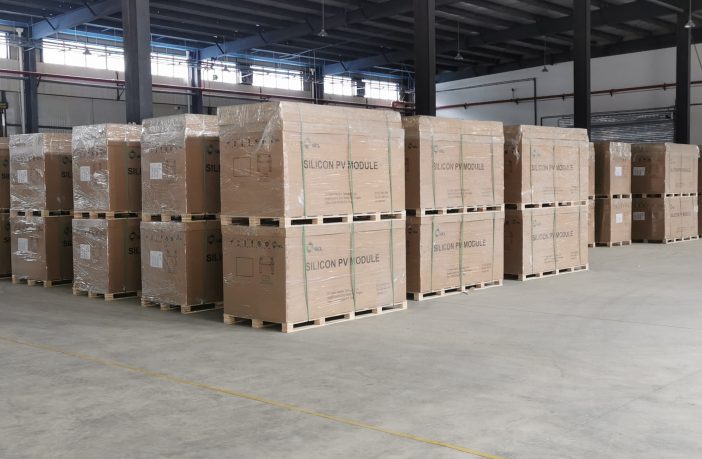Days after a number of European solar associations urged the European Commission to protect the bloc’s PV industry from “unfair” Chinese competition, the president of the European Commission, Ursula von der Leyen, provided a series of statements that appear to indicate that the union is now ready to take a completely new stand toward China when it comes to the energy sector.
“We have not forgotten how China’s unfair trade practices affected our solar industry,” she said. “Many young businesses were pushed out by heavily subsidized Chinese competitors. Pioneering companies had to file for bankruptcy. Promising talents went searching for fortune abroad. This is why fairness in the global economy is so important – because it affects lives and livelihoods.”
Von der Leyen did not say which specific measures might be adopted to avoid market distortions in the PV sector. However, she said that the European Union will not accept that prices will be kept “artificially” low by state subsidies.
But the concerns and statements made by some market participants about quantities of Chinese solar modules in EU warehouses, rock-bottom prices and suspected “dumping” practices are increasing and somehow diverging from each other argues Karl-Heinz Remmers
A classification based on numbers may help us to understand the new reality of the rapidly growing global PV market, which is poised for further expansion this year.
Global production capacity in terms of GW, modules
2019: 118 GW or around 340 million modules
2023: 380 GW or about 844 million modules
EU market in GW, modules
2019: 16.7 GW, or around 48 million modules per year, 4 million modules per month
2023 (optimistic scenario): 80 GW or 178 million modules per year, 14.8 million modules per month
EU module inventory “normal” (two-month cycle)
2019: 2.8 GW, or around 8 million modules
2023: 13.3 GW, or around 30 million modules
Inventories in the double-digit gigawatt range in the European Union are the new “normal” in an ever-growing PV market. “Horror scenarios” of 120 GW in EU warehouses by the end of the year would mean 290 million modules in warehouses.
Inventory values of modules (base €0.15/W)
1 GW = €150 million ($161 million)
10 GW = €1.5 billion
120 GW = €18 billion
“Horror scenarios” of 120 GW in EU warehouses would therefore require almost €18 billion of “dead” capital. How will this be financed? The new “normal” requires capital.
Purchasing prices for large PV projects in Germany
2019/20: €0.16W to €0.19/W
September 2023: €0.15W to €0.17/W
Price reduction based on the PV learning curve
2019-23: €0.04/W to €0.06/W
Solar module costs according to a document published by the European Solar Manufacturing Council (ESMC) on Sept. 11
EU stock: €0.33/W
EU: €0.299/W
China: €0.254/W
Solar module costs (excluding margins) from an ESMC member (as of the end of 2022)
EU: €0.198/W
China: €0.169/W
Share of silicon produced in China from Xinjiang (estimates for 2023):
Around 30%
The 380 GW of new PV installations expected throughout the world in 2023 could be produced entirely without silicon from China’s Xinjiang region.
Variable costs for polysilicon
Global average: $8.20/kg
Wacker (Germany): $18/kg
Success in climate protection
Modules in 2019-20 were mostly up to around 350 W and based on monocrystalline PERC technology. Currently, monofacial, monocrystalline PERC modules are slowly being phased out, with PV technologies such as TOPCon and heterojunction that are taking over the market for projects, with module outputs of up to 575 W.
Chinese module suppliers have grown rapidly since 2019 to supply this impressive global market. And the learning curve in production continued – the modules are much more efficient now and PERC products are destined to disappear from the market. What a success for global climate protection, which cannot be achieved with the current EU policy.
Author: Karl-Heinz Remmers
Karl-Heinz Remmers, a solar entrepreneur since 1992, initially focused on solar system planning, installation, and solar thermal collector production. In 1996, he founded Solarpraxis, which later established pv magazine Group. The company now specializes in PV project development. More details: https://www.remmers.solar/ueber-mich/
This article was originally published in pv magazine and is republished with permission.















